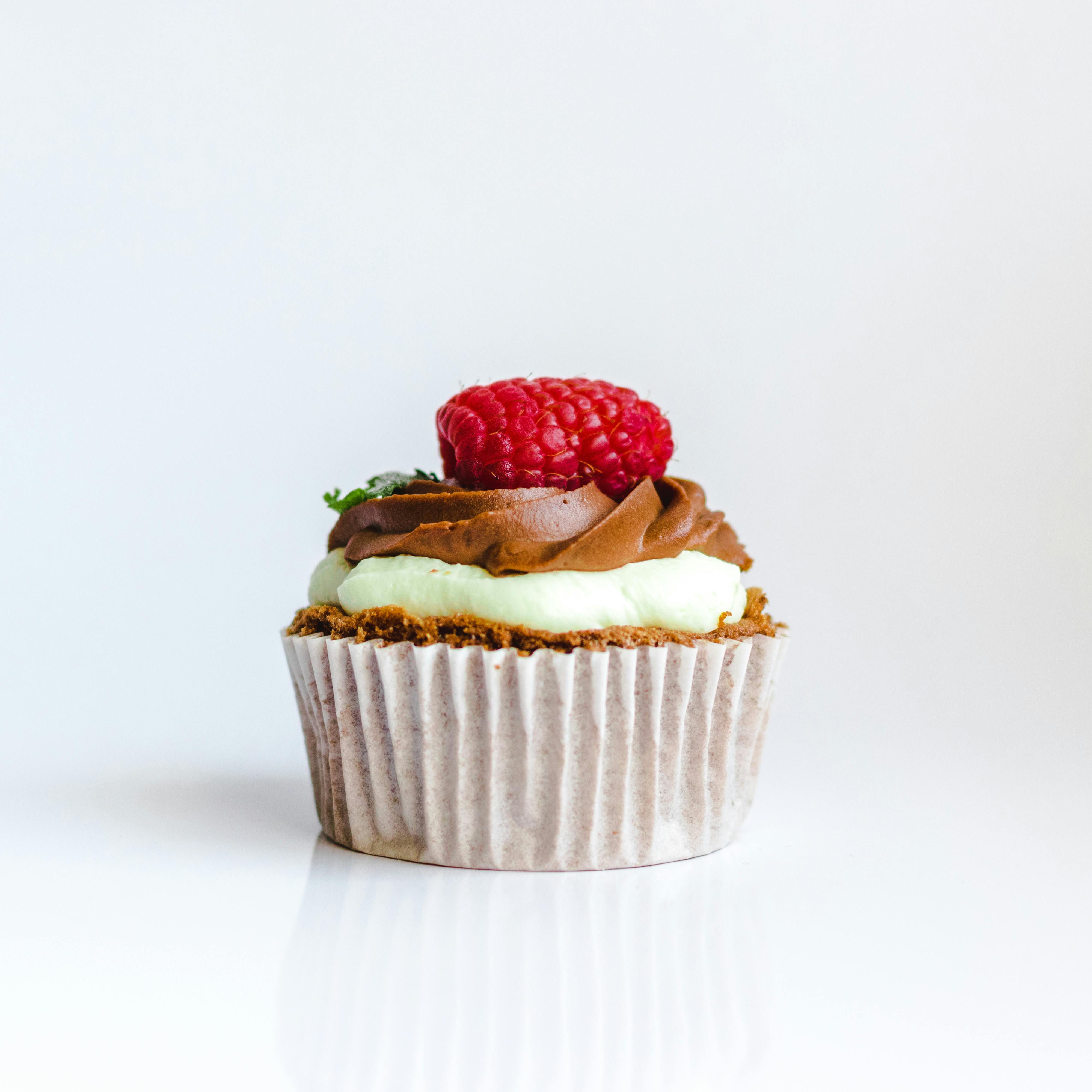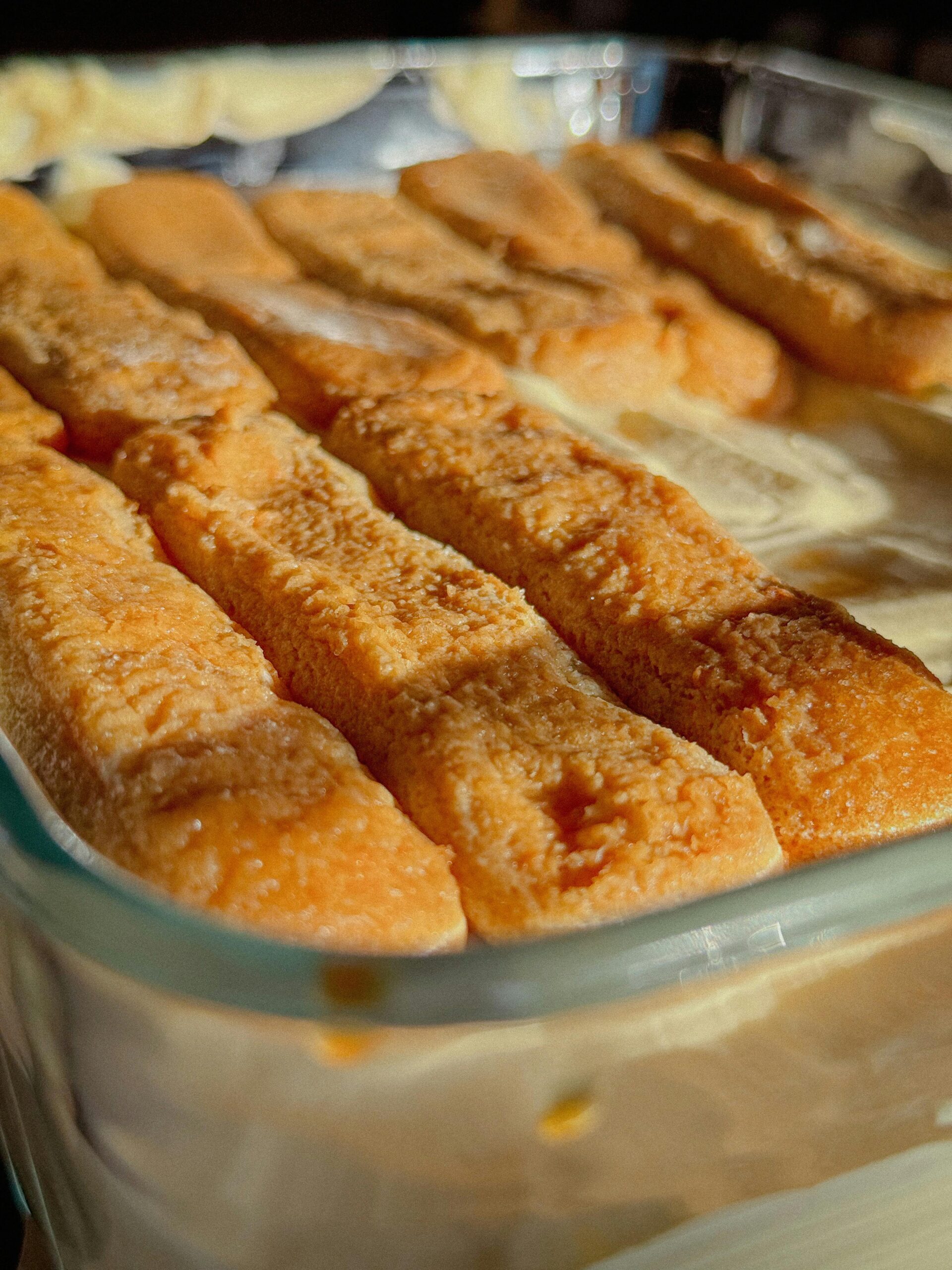Homemade Sugar Glider Food Recipe Guide
Feeding your sugar glider the right food is crucial for its long-term health and happiness. As exotic pets become more popular, understanding the perfect sugar glider food recipe is more important than ever. In this guide, you’ll learn how to create nutritious meals at home that align with your glider’s dietary needs, along with practical preparation steps and expert-backed advice.

Understanding the Fundamentals
Before diving into crafting your own sugar glider food recipe, it’s essential to understand what sugar gliders need nutritionally. These marsupials originate from Australia and Indonesia, and their wild diet consists of tree sap, nectar, insects, and fruit. Replicating this balance at home ensures your glider stays healthy and active.
Think of a sugar glider’s diet like building a custom meal plan for a high-performance athlete—everything they eat supports their small yet active bodies. Without a proper diet, sugar gliders can suffer from malnutrition, obesity, or even fatal illnesses.
1.1 Protein and Calcium
Protein is essential for muscle development and overall energy, while calcium helps prevent bone diseases like metabolic bone disease. Sugar gliders need a diet that’s around 25% protein and calcium-to-phosphorus ratio of 2:1 for optimal absorption.
For example, sources like boiled chicken, scrambled eggs (without seasoning), and mealworms can meet protein needs. Supplements or leafy greens like kale can help meet calcium goals, but be wary of over-supplementing.
1.2 Fruits, Veggies, and Nectar
Fruits like apples, grapes, and papaya provide natural sugars and vitamins, while vegetables such as carrots and spinach deliver fiber and minerals. What makes this unique is their need for nectar-based sources, mimicking sap and gum in the wild.
Consider making a homemade nectar blend using honey, water, and baby cereal or organic yogurt. These additions offer energy while supporting digestive health.
Practical Implementation Guide
Now that you understand the nutritional components, it’s time to put them into practice. Implementing a proper sugar glider food recipe can seem overwhelming at first, but the process becomes simple with a clear routine and planning.

2.1 Actionable Steps
- Meal Prep Routine: Chop fruits and veggies into small, glider-sized pieces and store in containers for a week’s worth of food.
- Tools Needed: Blender (for nectar), containers, feeding dishes, calcium powder supplement.
- Schedule: Feed gliders in the evening; offer fresh food daily and remove leftovers in the morning.
2.2 Overcoming Challenges
Some common challenges include:
- Picky eating – Try rotating different fruits weekly.
- Calcium imbalance – Always track calcium-rich foods vs. phosphorus-heavy ones.
- Overfeeding – Use a digital scale to manage portion sizes.
Watch out for signs like lethargy, fur loss, or diarrhea, which may indicate dietary issues.
Expert tip: Freeze food portions in ice cube trays for easy daily servings while retaining nutrients.
Advanced Applications
Once you’ve mastered the basics, take your sugar glider food recipe to the next level. Advanced techniques allow for even greater customization, improved health outcomes, and a happier pet.

3.1 Balanced Meal Formulas
Recipes like the BML (Bourbon’s Modified Leadbeater’s) diet or HPW (High Protein Wombaroo) formula offer researched and field-tested combinations. For example, BML includes baby cereal, hard-boiled eggs, honey, and specific vitamins.
Studies show these diets lead to improved fur quality and more consistent weight management in long-term glider care.
3.2 Integrating Supplements Safely
Supplements like calcium carbonate, multivitamins, and bee pollen can enhance your homemade recipe. However, they must be used sparingly and only under proper ratios.
Be sure supplements are compatible with the food you’re serving. Some react poorly with acidic fruits or certain proteins, causing absorption issues.
Future Outlook
Pet nutrition is evolving rapidly, and that includes sugar gliders. Trends indicate more glider-specific commercial foods will be based on sustainable, organic, and probiotic-rich ingredients. Additionally, more veterinarians are specializing in exotic pet diets.
To stay ahead, continue learning and tweaking your sugar glider food recipe based on emerging science and expert advice. Join communities or subscribe to updates from exotic pet organizations.
Conclusion
Here are three key takeaways:
- Balanced nutrition involves proteins, calcium, fruits, and nectar sources.
- Meal prepping and proper routines make implementation easy and sustainable.
- Advanced diets and supplements improve longevity and vitality when used correctly.
Your sugar glider’s health starts in the kitchen. Begin by planning your own sugar glider food recipe today, tailored to their unique needs. Want to go deeper? Consult with exotic animal nutritionists or explore expert-formulated plans for optimal results.
Frequently Asked Questions
- Q: What do sugar gliders eat on a daily basis? Sugar gliders eat a mix of protein, fruits, vegetables, and nectar-based foods. A balanced diet includes a staple recipe plus fresh produce.
- Q: How do I start feeding homemade sugar glider food? Begin by researching nutrient requirements, selecting ingredients, and prepping meals in batches. Introduce new foods slowly.
- Q: How much time does meal prep take weekly? On average, meal prep takes 1–2 hours weekly, depending on batch size. Freezing food reduces daily effort.
- Q: Is it expensive to feed sugar gliders at home? Costs range from $10–$30 monthly, depending on ingredient quality. Buying in bulk helps reduce expense.
- Q: How does homemade food compare to store-bought? Homemade food offers more control over nutrition and freshness. Store-bought may lack essential elements unless properly formulated.
- Q: Is making sugar glider food hard? It’s simple with planning. Basic cooking skills and understanding of dietary needs are all you need.
- Q: Can I tailor recipes to specific breeds or health issues? Yes, work with a vet to tailor food for older gliders, breeding pairs, or gliders with medical concerns.
